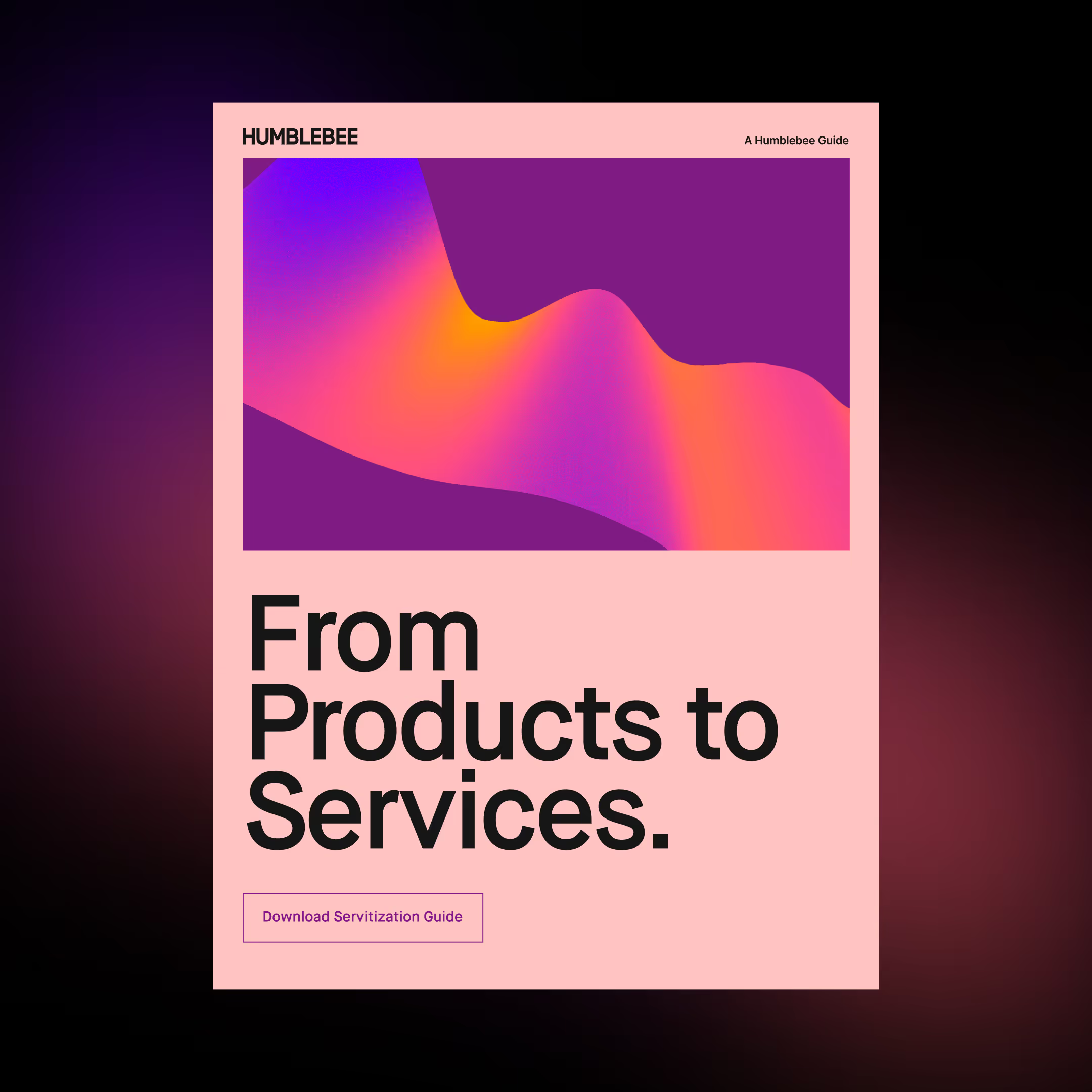Keep yourself alive. Avoid death by 1000 cuts using innovation and design thinking.
Your brand won’t die overnight. If you currently work for a major established company with a legacy and history behind it, 1000’s of employees and a stock exchange presence, you probably feel safe and secure.


Your brand won’t die overnight. If you currently work for a major established company with a legacy and history behind it, 1000’s of employees and a stock exchange presence, you probably feel safe and secure. Maybe you’re right to feel that. But maybe not…
Ralph Lauren (a completely random example from the fashion world, but insert ‘Big Brand X’ from ‘industry Y’ here at your will) won’t receive a memo to tell him the show’s over. “Pack your things in this cardboard box Ralph, f*ck off, this is your last week in business. And no stealing post-it notes on your way out!”
It won’t work like that. It will creep up on him slowly through the 1000’s of other smaller, leaner, faster, modern, more effective fashion brands that submerge him and slowly take little chunks of his market share. The new fashion brands that turn over 1 million in revenue here, 5 million there.
Ralph’s death will be by 1000 cuts, not 1 almighty blow.
Is your company preparing to avoid death?
You need to deviate to survive. Now more so than ever. Today’s world is fast-paced and companies need to develop new business opportunities continuously in order to take advantage of technological and market changes.
Today’s world is fast-paced and companies need to develop new business opportunities continuously in order to take advantage of technological and market changes.

(I used to buy Pick ’N’ Mix sweets here when I was a wee man! “Woolies” sold everything under the sun, or so it seemed. An example of a much-loved brand, with a long and proud history, now sadly deceased.)
It breaks my heart when I see old photos or read stories about brands I recognise from childhood that were just allowed to die a slow death, resulting in widespread job loss, heartache and in the most dramatic cases (industrial or “old” industries) decimated communities. Could these companies have pivoted? Could they have found a new blue ocean to operate in? Could they have deviated into completely new products or services that were a linear, but unexpected direction compared to their legacy products & services? I’m convinced that 9/10 of them could have done so with a little design thinking. Design thinking, incidentally, has nothing to do with logos or font choices, and everything to do with finding solutions to people’s needs with smart services.
Dodging death… time to get your growth project on!
Many brands and companies that were allowed to die had an existing customer base. That should have been their life vessel. If you have existing customers you’re already in a fantastic position to determine if a new business idea has the potential to become a growth project by sharing access to your customers with the innovators in their fields.
Re-read the paragraph above again. It’s important.
Find those growth innovators and let them shake hands (commercially) with your user base!
The enemy at home. Your very own Sales & Marketing Team
Change is tough. No one likes change. Remember how hard it was just to stick to that diet? Or only drink two cups of coffee per day? Not easy. It’s another level of difficulty entirely trying to deliver change to a massive vessel in the form of a company with many people involved, employed and often resistant.
Yet change you must! If your existing business model was working in the 90’s and has held on, it could be moribund.
One force of resistance in innovation projects at large companies can be the Sales & Marketing people. Your Sales and Marketing teams might rightfully resist change. There is a valid fear of sales quotas dropping in the midst of new ‘innovation’ projects, which can be seen as experimental and likely as a detriment to their sales figures.

The solution: Give sales team percentage goals from new, innovation projects
Sales & Marketing teams are often given quotas within e.g. a geographic area, a demographic, or a product category, and given a mandate to sell and show ROI.
Therefore it stands to reason a Sales / Marketing Team could be given a clear requirement to sell from within the category entitled “new innovation project”. In exactly the same way a team is expected to deliver within a geographic or demographic zone, they can be encouraged to provide X% of sales through that “new innovation” project. The percentage is less important than the fact that the carrot / goal is clearly in place. A salesman will quickly learn the USP’s and benefits of his product (innovation product or otherwise) if it means a boost in his take-home earnings.
This provides innovation teams and product managers with a chance to have their experiments taken seriously and mapped to financial goals. Simplez!
So what to innovate? How do you make it happen? What team to you need?
Pleased you asked all that. How do you create an organisational space to invent future businesses whilst maintaining the “bill-paying” business of the present? Many organisations have invested in “innovation spaces” in the recent past. It’s the soup-du-jour in many a boardroom. Alas they are often staffed in the wrong manner; given the wrong mandate; not taken seriously by the right people or all the above.
And even when an innovation project is ‘successfully completed’ the resulting innovative new product or service will 95% of the time die on it’s arse (for want of a better business term) before ever being properly released into the wild.
So sure, build that “innovation greenhouse” or “innovation lab garage” but have the foresight, the guts, the people and the preparation in place to launch and run your shiny new innovation product. Or you really will have wasted a lot of time and effort.
Culture does indeed eat strategy for breakfast
More so than ever do I believe in the importance of the right people in the right positions to make innovation projects a successful reality. By “positions” I am not talking about the title on a business card, I’m talking about your role in the innovation project. You are a do-er first. An ‘entreprenee’. A go-getter. Enthusiastic. All the above.
Without these people in the key roles of your innovation project you are, to use another Harvard Business term, up the sh*t canal without a paddle. All the strategy documents and powerpoint presentations in the world won’t save you. If you’re trying to squeeze unwilling or wrongly-skilled people into these vital innovation teams you truly are in for a tough ride.
All the tools for innovation we use at Humblebee (workshop techniques, ways of working, methodologies, sprint tools, business design models etc) could — almost — all be found with a little online research and the purchase of 5–10 books. The HOW we work is not rocket science, but the people who are carrying out the work make the world of difference.
So get the right team in place! Make it multi-disciplinary. Get some of your customers in the team. Get your competition in the team ffs! Move quickly. Do your idea sprints in as short as possible a time. Get your prototype tested on real users asap. Get something launched into the wild asap — let the market help decide what you offer.
This is a typical innovation sprint team we’ve used at our place recently. Other disciplines can hop in and out of the process on a more ad-hoc manner — a day here, a day there, injecting the expertise of their particular sphere, and maybe boosting the ideation process, or helping test a hypothesis. (In the case above, a Data Scientist — not a skillset that our company has on our books).
YOUR team might not look like that. YOUR innovation sprints will not have the same methodologies, techniques or processes as ours. Tailor-make your innovation team for the outcome you want to achieve. If you need help assembling your team, tailor-making your innovation sprints or facilitating these processes you know how to find me. I’m at the top of a big steep hill in Gothenburg, Sweden.
A final thought… Innovation is not necessarily re-inventing the wheel
“There’s nothing new under the sun” (Book of Ecclesiastes 1:19). This is a phrase to remember if you’ve been tasked with driving innovation projects or genuine business change on a macro level at your company.
Your job is not to find the absolutely latest technological trends, fads or products and squeeze them into your world. Remember, true innovation can be employing something that has worked in another branch or industry into YOUR product or service range in an unexpected manner. Radical innovation is not restricted to the development of a product alone. You may need to develop a new business model in which profits are NOT made through sales of your product(s).
Imagine that! Companies that have sold the same product(s) for decades or more now need to ask the question “where are our profits going to come from when the product sales are not enough?”.
This is a terrifying, mouthwatering, horrible, amazing challenge! And everyone who wants to survive the very very near future has the same brief.
Everyone who wants to survive the very near future has the same brief…
In the words of the great Sir Alex Ferguson, it truly is “squeaky bum time” for almost every industry you can think of. Technological progress aligned to globalisation is levelling all playing fields at an alarming rate. Most humans — in true human-nature style — will do the ostrich thing. Ignore and hope that innovation from a wily competitor doesn’t put their company out of business whilst they are working there.
Maybe you’ll be one of the guys that dares to drive change and chase away those pesky companies trying to stab you 1000 times?
// Russell Clark is a Product Manager and partner at Humblebee, a digital product & service design agency in Gothenburg, Sweden. //
More stories






